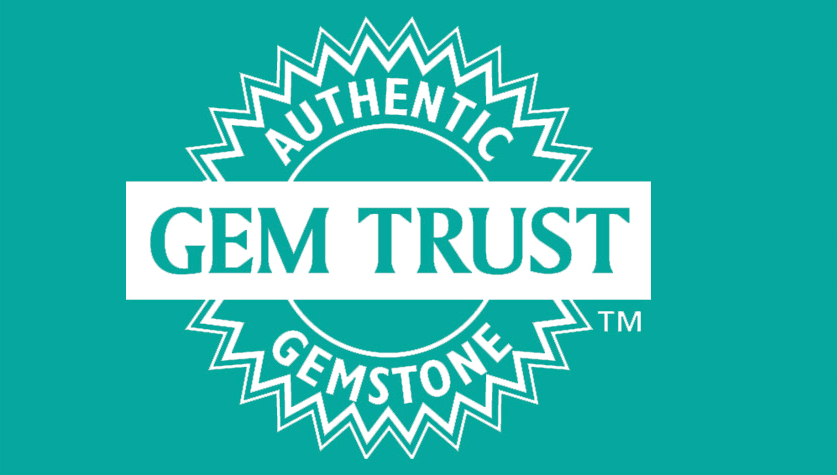Mining for Rutilated Quartz in Brazil can generally be seen in more remote locations, so many others must run off of diesel generators, which may negatively contribute to environmental changes and pollution because of the diesel exhaust. Ultimately, some of these other mining locations may be converted to solar power (or other), but as of today they are not. This is a huge advantage for the teams mining the material we offer today since running off electricity is a much cleaner and more efficient method. This is also not a large mining operation. It’s locally operated in small groups of five or less, all of which are using minimally invasive mining equipment.
What kinds of sizes, shapes and cutting styles can be found?
Rutilated Quartz crystals form in voids within the host rock and range from the size of your thumb to maybe a bit larger than your open hand. The rutile is generally fully encapsulated within the Quartz and is a crystal formation itself. It often grows outward from a hematite inclusion in the quartz, so it is not uncommon to find a black hematite inclusion with rutile growing from that spot. The crystals generally grow in a classic quartz crystal formation, which is somewhat columnar with a pointed end.
We like to have fun with cutting this material, so you will find quite a range in our collection! We do both faceted and cabochon shapes, but work meticulously to find the ‘good side’ to highlight the beautiful rutile needles within each stone. While we focus in repeatable calibrated styles, we also offer a variety of unique one-of-a-kind gems. For faceted stones, you will find standard rounds, ovals, and hexagons, but more commonly we like to cut this material in fun creative styles. This includes styles like our signature GeoCuts™, hex tablets, kites, or rose cuts that feature the rutile needles in a unique way. Our cabochon shapes also include standard rounds and ovals, but also bullet cabs and many one-of-a-kind free form shapes.
















